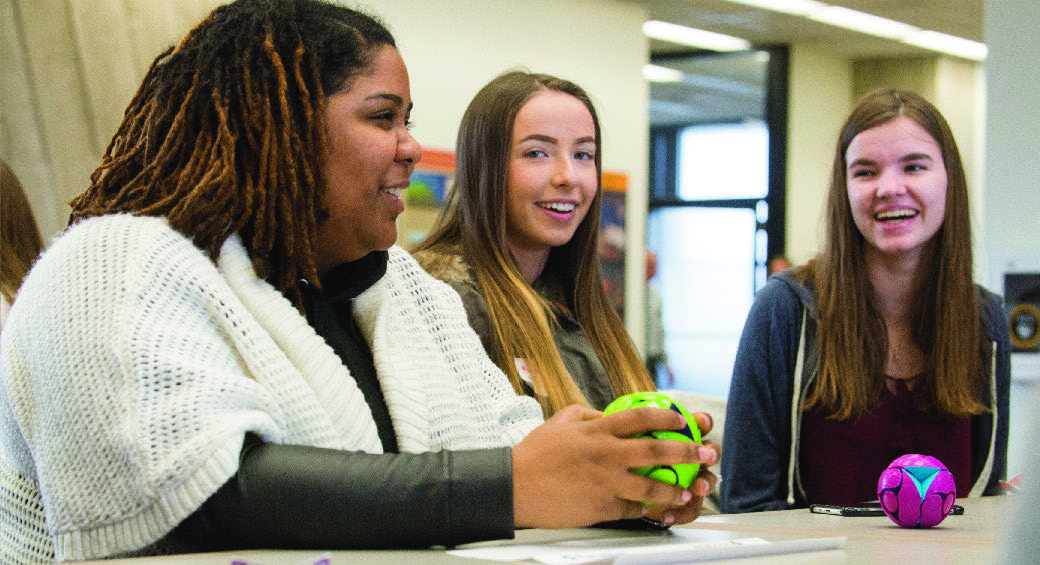
Particle Physics Builds STEM Leaders
Particle physicists share the excitement of discovery, inspire young minds, and enhance public understanding of science. We partner with educators to prepare students to thrive in our high-tech global economy and develop the next generation of innovators.
Particle Physics Builds STEM Leaders
PDF 2 MB
Sparking Interest in STEM
Through diverse activities, we share the thrill of exploring the unknown and making new discoveries. Reaching tens of thousands of people every year, our public engagement programs promote scientific literacy and show how science makes a difference in all of our lives.
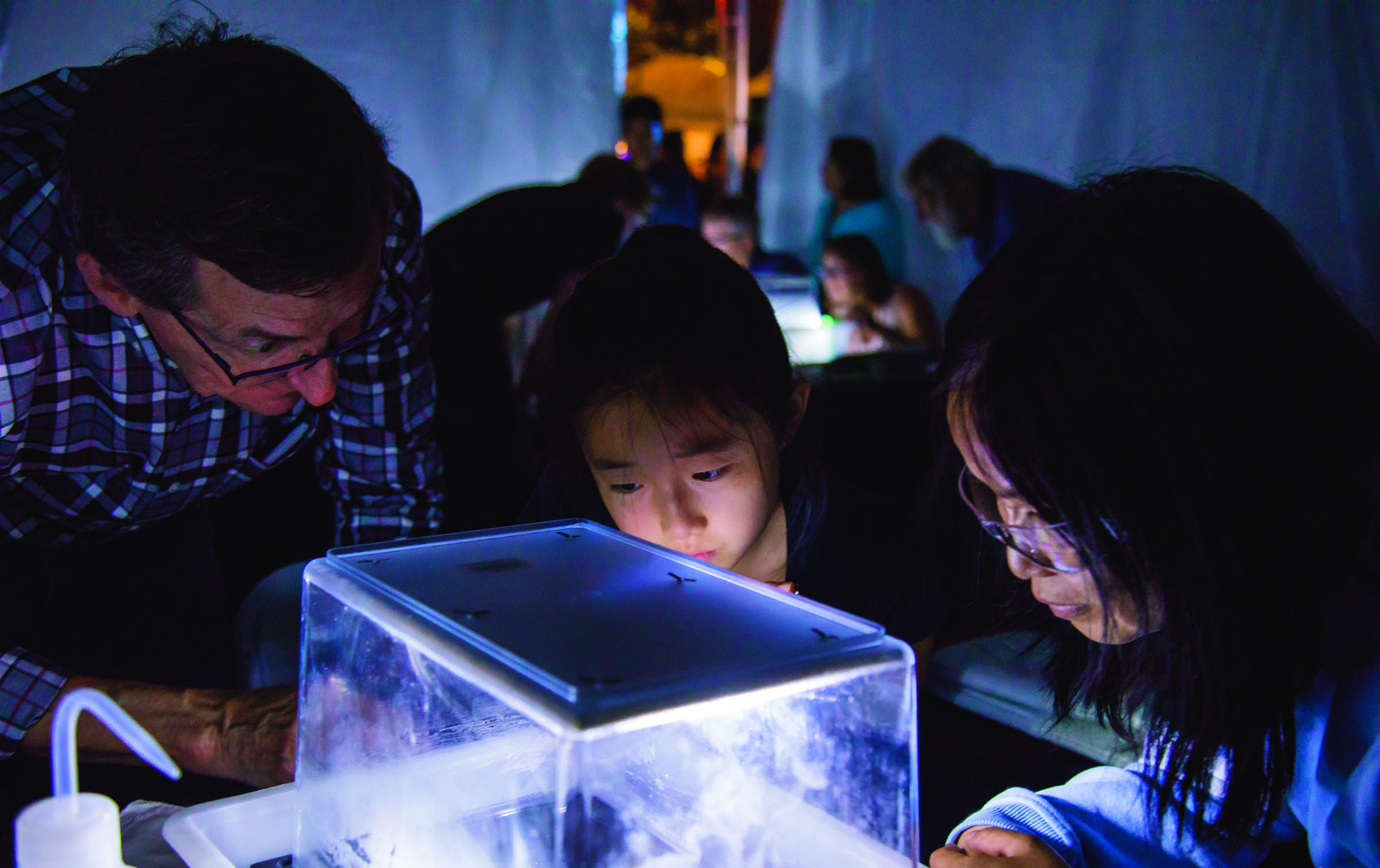
How do you make science a regular activity in the community? The Big Bang Science Fair caters to ages 3 to 99. It brings together art, science, and music, drawing parallels between them. This event engages thousands of people every year. Families can enjoy learning about science together on a Saturday evening.
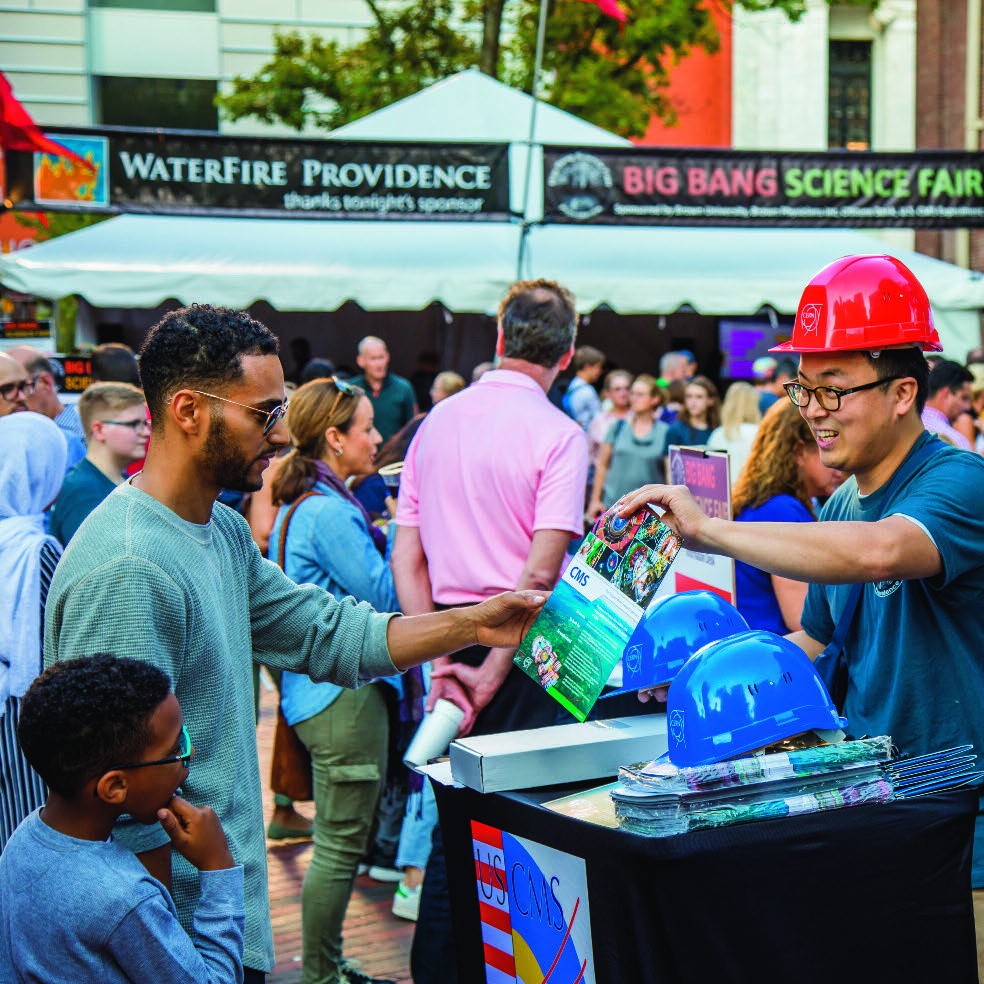
Meenakshi Narain, Brown University
The SAGE-S summer camp introduces high school girls to the work and daily life of National Laboratory scientists and engineers. We complement technical activities that foster creativity with insights about professionals growth. SAGE students discover how their passion for STEM can become a career that impacts their community and the world.
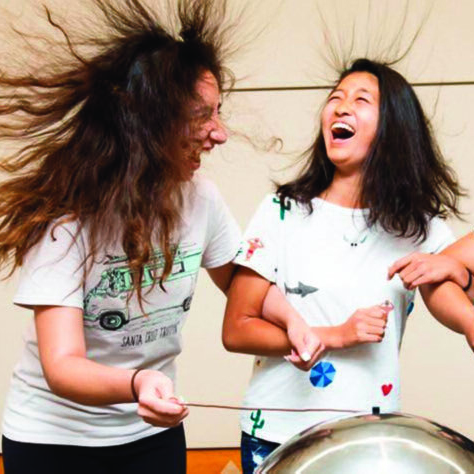
Diana Gamzina and Giulia Lanza, SLAC National Accelerator Laboratory
We created VENu as an outreach tool to share the world of particle physics. It lets people explore the MicroBooNE neutrino experiment in 3D to see how it collects data for science. Learning how scientists use data to make discoveries can be as important as the discoveries themselves. In VENu you can see what the real data look like.
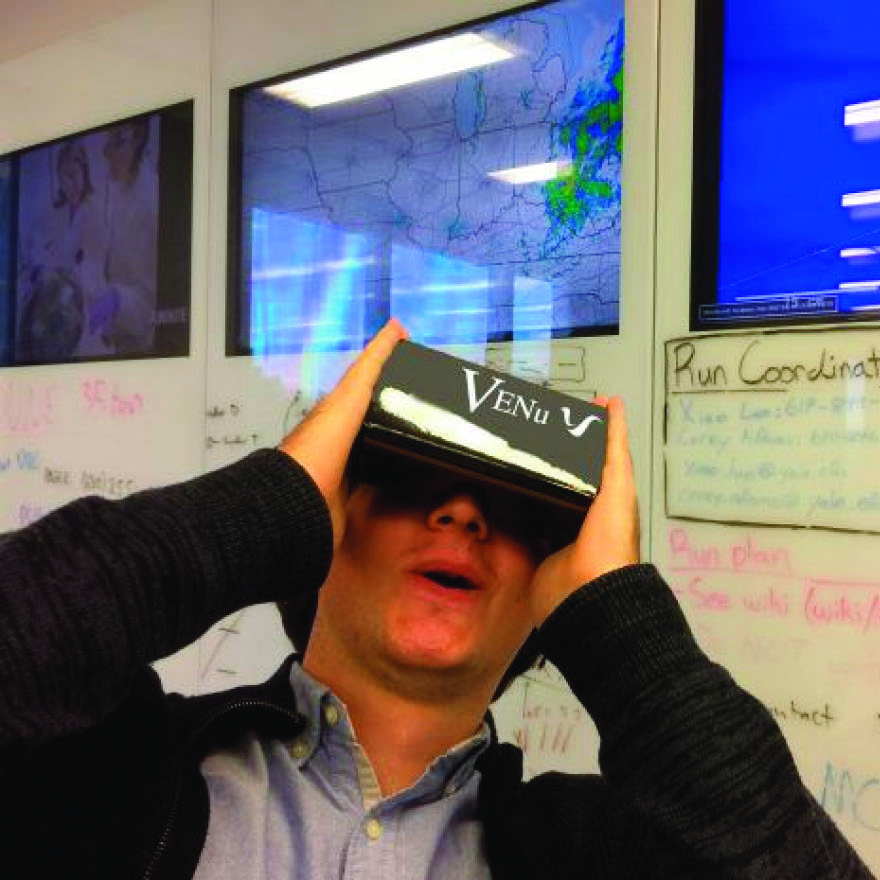
Thomas Wester, Boston University
Every year, the Virtual Visit program engages hundreds of students across the U.S. in a live conversation with American physicists working on site at the largest particle accelerator in the world. The students get to see the experiment up close and find out what life is like as a physicist.
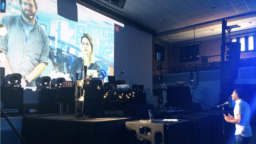
Julia Gonski, Harvard University
I am passionate about community education and outreach. I’ve made it my mission to make science more accessible to minority populations. By sharing my story, I hope to inspire young people and encourage them to reach their full potential.
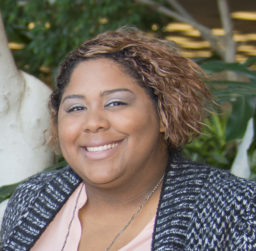
Jessica Esquivel, Syracuse University
I love to share my passion about particle physics with the Hispanic and Latino communities through tours, the Fermilab Ask-a-Scientist and Open House programs and STEM conferences for middle and high school girls. I emphasize the importance of STEM to parents and students while sharing my personal experience as a scientist.
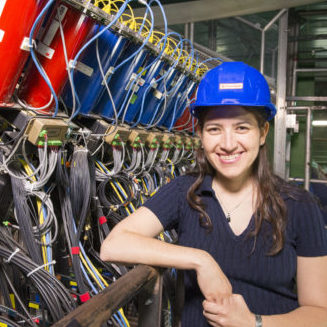
Minerba Betancourt, Fermilab
I helped create “Quarked! Adventures in the Subatomic Universe” to inspire young people to explore the subatomic world using animated characters and games. Our video shorts, lesson plans, and hands-on shows explain the science of particles.
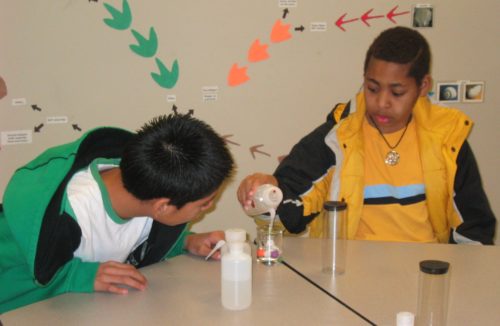
Alice Bean, Kansas University
As Mr. Freeze of Fermilab, I get to present the fun and exciting science of cryogenics to kids of all ages. I love having the opportunity to show off the many interesting aspects of liquid nitrogen and how much fun science can be at the same time. Bringing this to thousands of kids each year to promote their interest in science in both the classroom and beyond is a joy and a privilege.
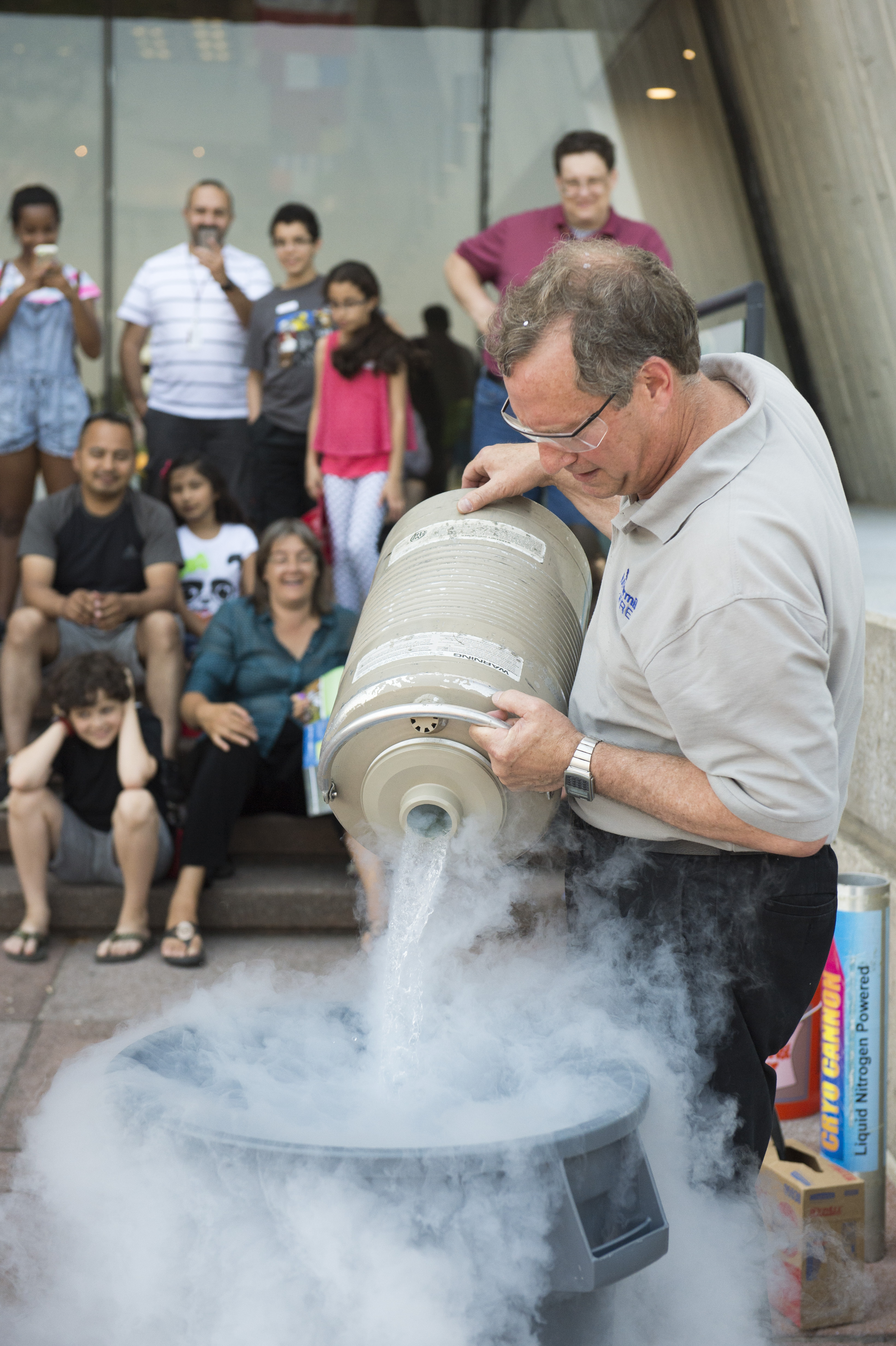
Jerry Zimmerman, Fermilab
Supporting aspiring STEM leaders
We offer programs for teachers that enable them to enrich their students’ classroom experiences. We bring undergraduate and high school students into our research teams. We make our data and analysis tools available in formats for outreach, classroom exercises, and scientific analysis.
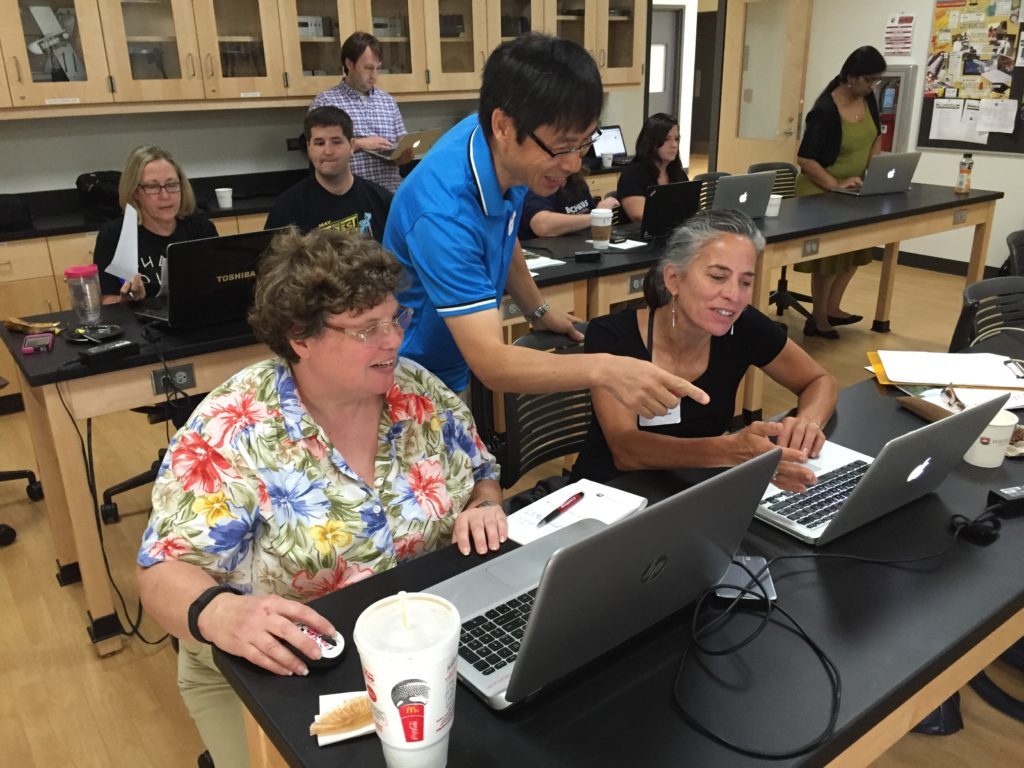
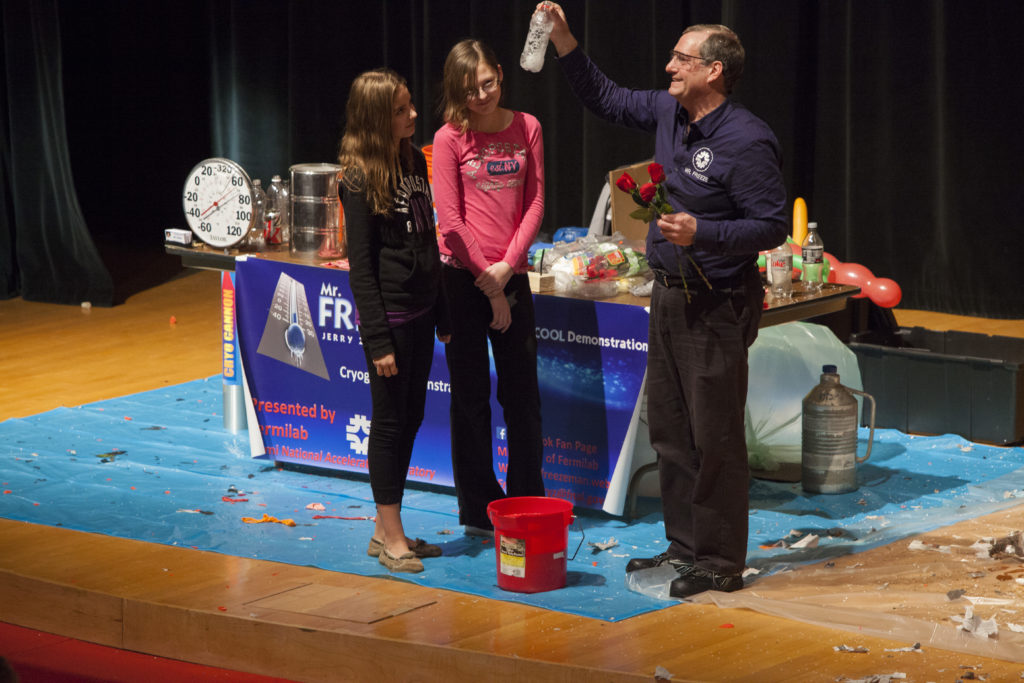
As part of the QuarkNet program, we invite highschool students to do a crash-course in particle physics. We teach them about the ATLAS experiment at the LHC and show them how to identify what the different particles look like in the detector. Then they get to analyze real data on the computer. They're always really excited to learn.
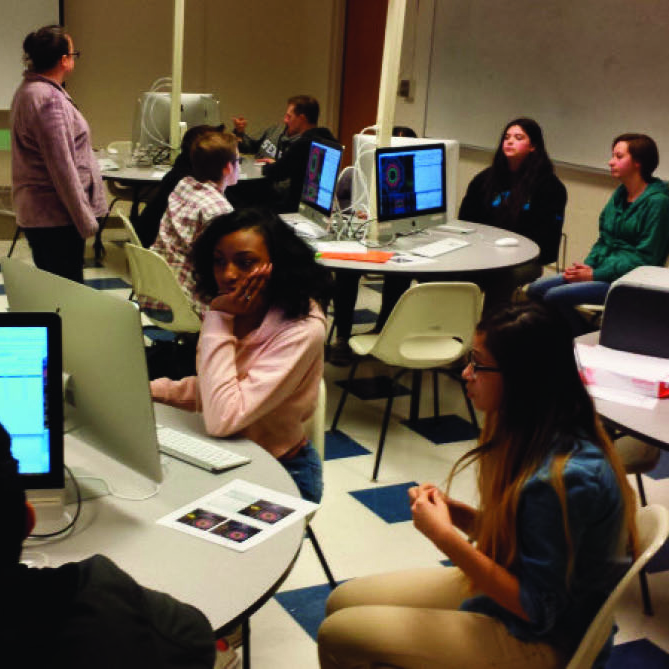
Joe Haley, Oklahoma State University
In my third year of college, my physics professor recruited me for a Research Experience for Undergraduates program. The adventure of a real summer job in research inspired me to pursue science as a career. Now, as a scientist at Fermilab, I find it rewarding to work with summer students and try to inspire them in the same way I was.
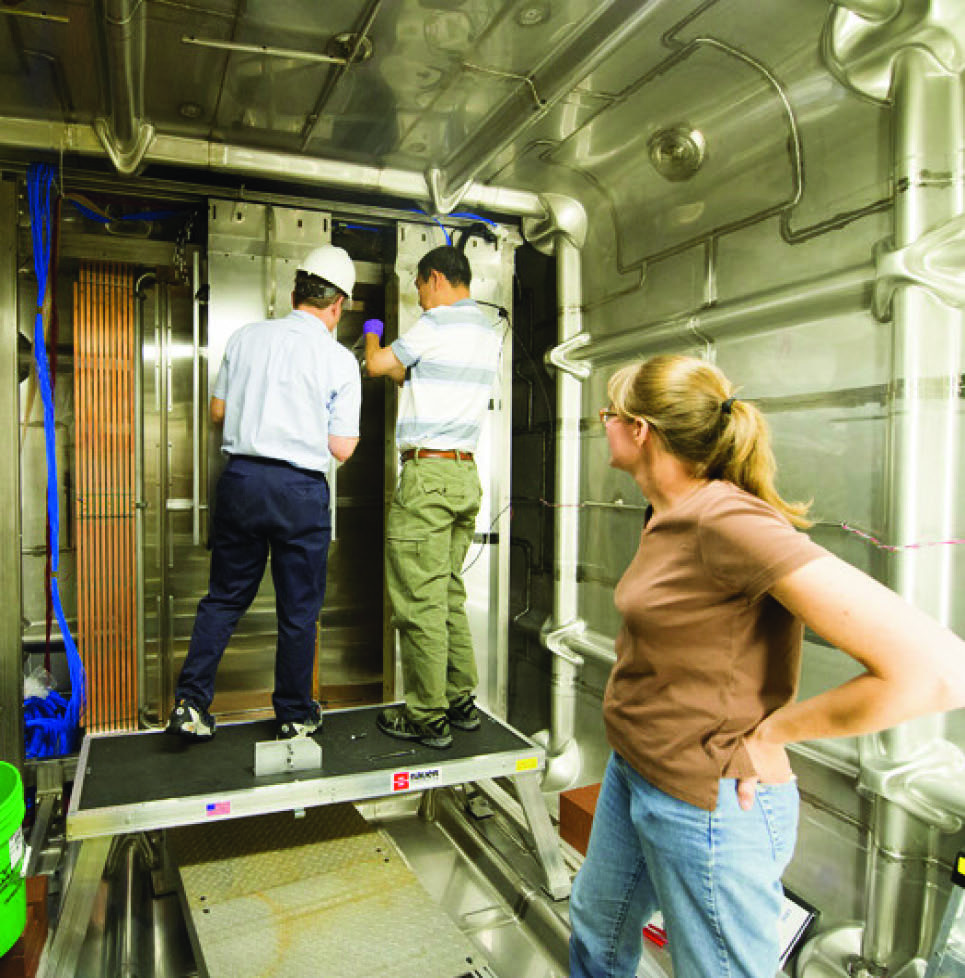
Michelle Stancari, Fermilab
Through QuarkNet, I bring particle physics to K-12 classrooms all across Puerto Rico. Nationwide, QuarkNet teachers and their students work directly with scientists and look at authentic data from active experiments.
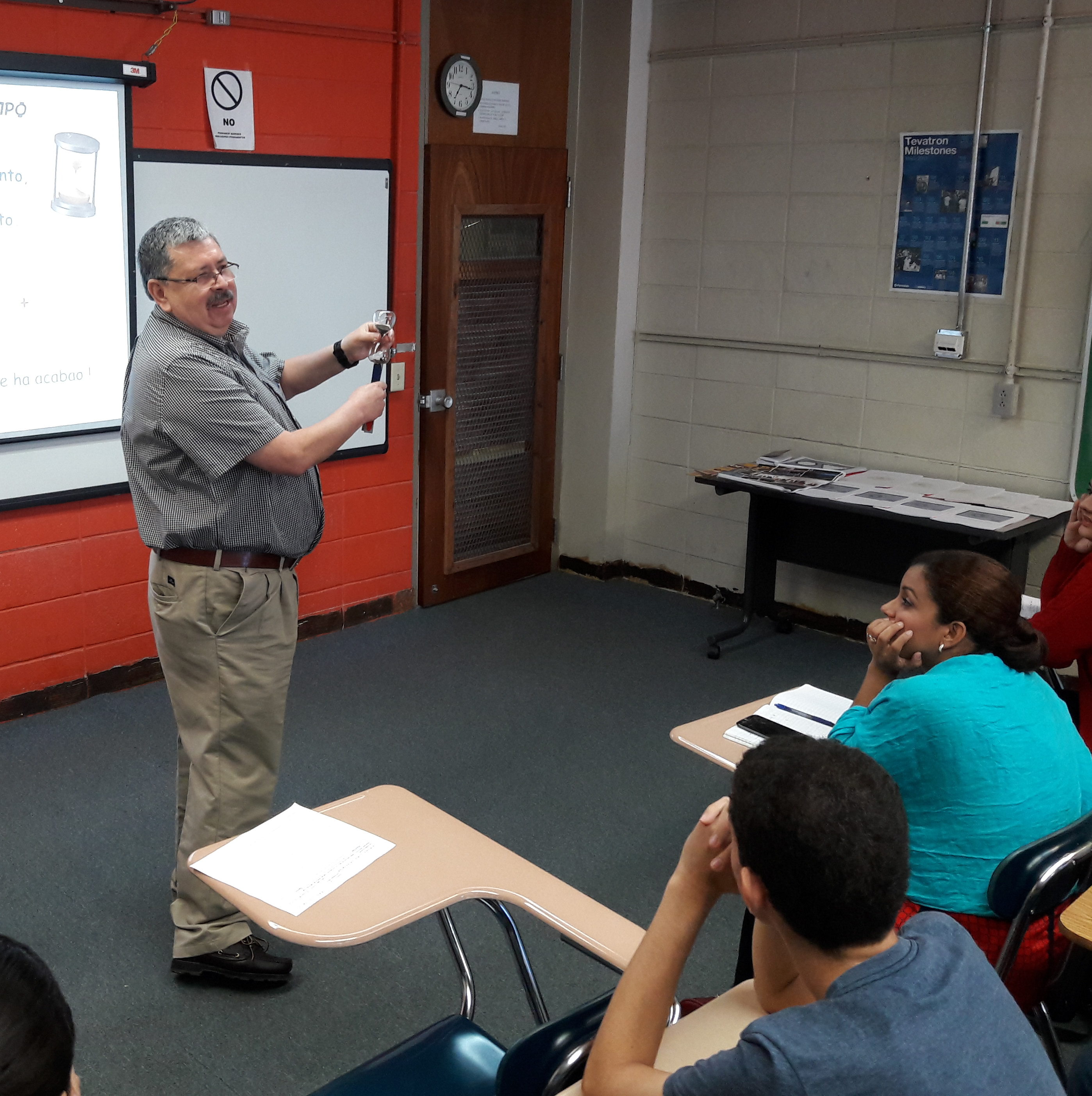
Hector Mendez, University of Puerto Rico Mayaguez
I work with enthusiastic and committed science teachers to help them bring our research to their classrooms. They love doing research and thinking like students again, and I enjoy learning from their experiences as educators.
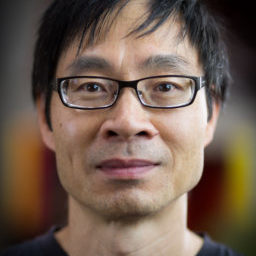
Harry Cheung, Fermilab
The college students in my research group study the properties of neutrinos from supernova explosions and help us improve the sensitivity of next-generation underground neutrino detectors like DUNE, the Deep Underground Neutrino Experiment. Students gain valuable data analysis, programming, and presentation skills while contributing to our work.
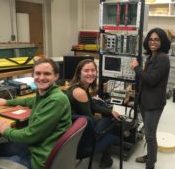
Kate Scholberg, Duke University
We have a responsibility to share our data—scientific knowledge is for everyone. I help make our research more accessible by creating interactive visualizations of collision events and by preparing experimental data for educational programs that inspire the next generation of scientists.
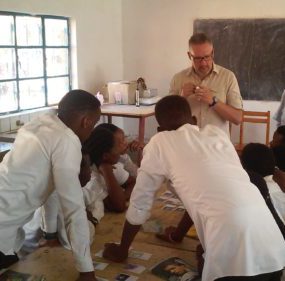
Tom McCauley, University of Notre Dame
I worked with students to develop a Peltier-powered cloud chamber that does not require dry ice and can be assembled by anyone. We ran “Physics at the Frontier” Workshops for local high-school teachers where they spent the mornings learning particle physics and the afternoons building their own cloud chambers for use in their classrooms.
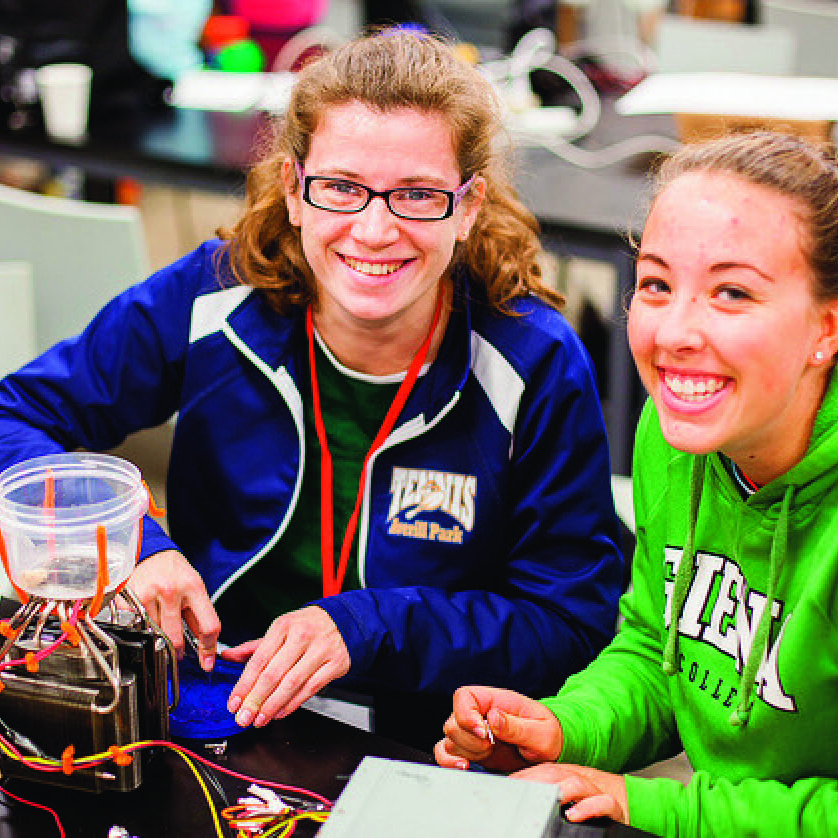
Matt Bellis, Siena College
Contributing to the innovation economy
We develop our students’ analytical and technical skills, enabling them to excel in today’s technology-driven economy. Particle physics students pursue many career paths and become leaders in their fields. Their contributions spur innovation in medicine, manufacturing, and technology.
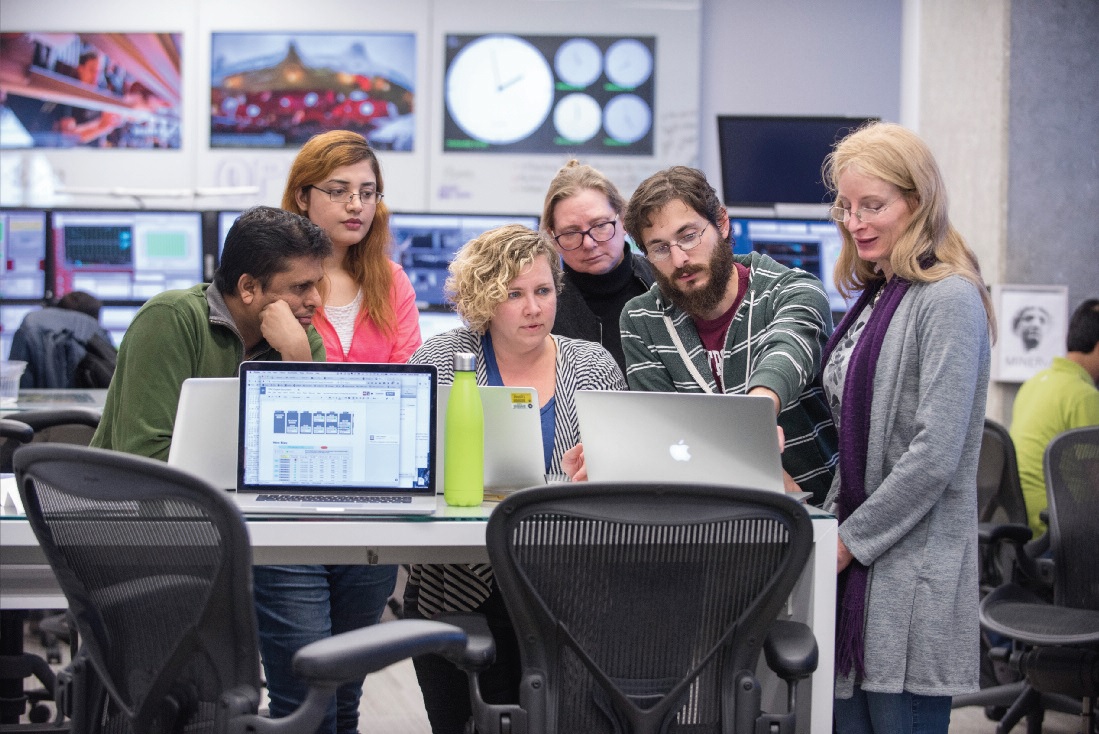
I work a thousand feet underground in a room full of electronics and lasers on experiments that help certify our nuclear weapons stockpile. It directly ties into national security. My analytic,experimental, and leadership training from high-energy physics has allowed me to navigate easily into nuclear stockpile stewardship.
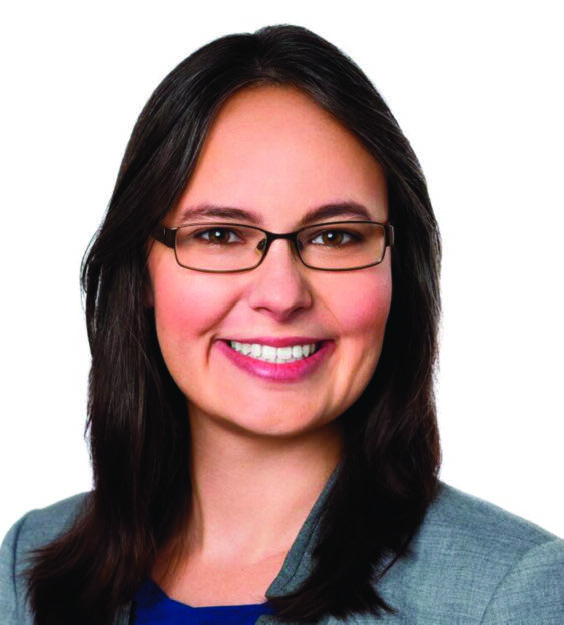
Andrea Albert, Los Alamos National Laboratory
I work on Waymo's LIDAR team. LIDAR is one of the “senses” that self-driving car systems use to map the 3D world around them. I use my research experience in light detection to build custom sensors that enhance the safety of self-driving cars. I find that people value the data analysis skills and multidisciplinary background I bring to the team as a particle physicist.
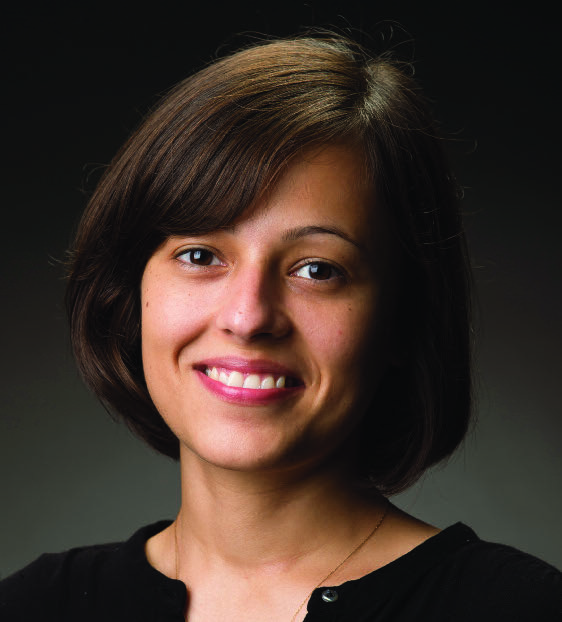
Kanika Sachdev, Waymo
Part of my job is to understand detector physics and how it can be used to create new medical imaging technology. We're able to image anything where there's a lot of blood flow by using radioactive tracers. This technique is based on the physics of the particle detection experiments I worked on at Fermilab. My job is deeply rooted in physics, and I like that my skills are transferable.
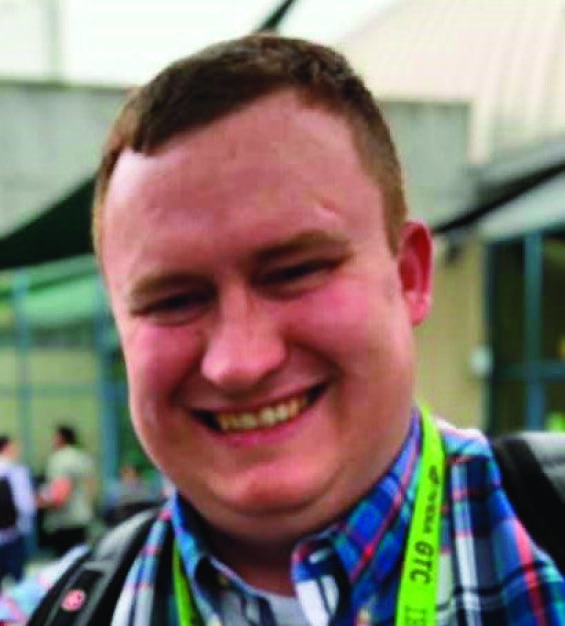
Wesley Gohn, Siemens Medical Solutions, USA
I work for Twitch, a massive video streaming platform, where I am a data scientist for our moderation and chat products. Building on the data analysis skills I learned in neutrino physics, I now use statistics and machine learning to drive product decisions and strategy, helping to ensure that Twitch's user experience is socially engaging and safe.
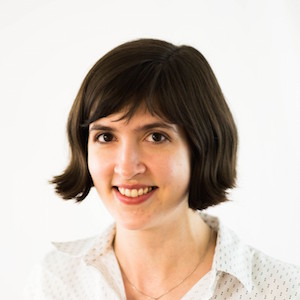
Ruth Toner, Twitch
At Tesla, I transformed enormous data sets into detailed road maps for self-driving cars and at DeepMind, I am building AI systems that imagine and plan. My experience in particle physics trained me to tackle these complex problems while dealing with the noisy and uncertain data of the real world.
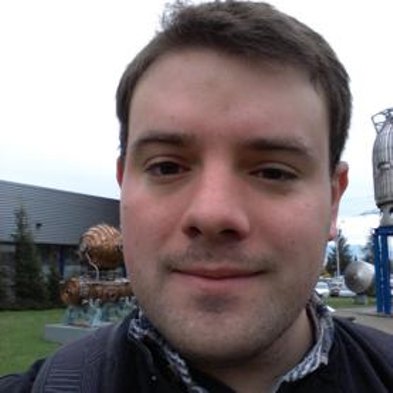
Alex Mott, DeepMind
I am the director and co-founder of INQNET, a collaboration between AT&T Foundry and Caltech, to develop intelligent quantum networks and technologies. Bringing together diverse expertise to solve this challenging problem was inspired by my experience working with physicists from around the world in the massive ATLAS collaboration at CERN.
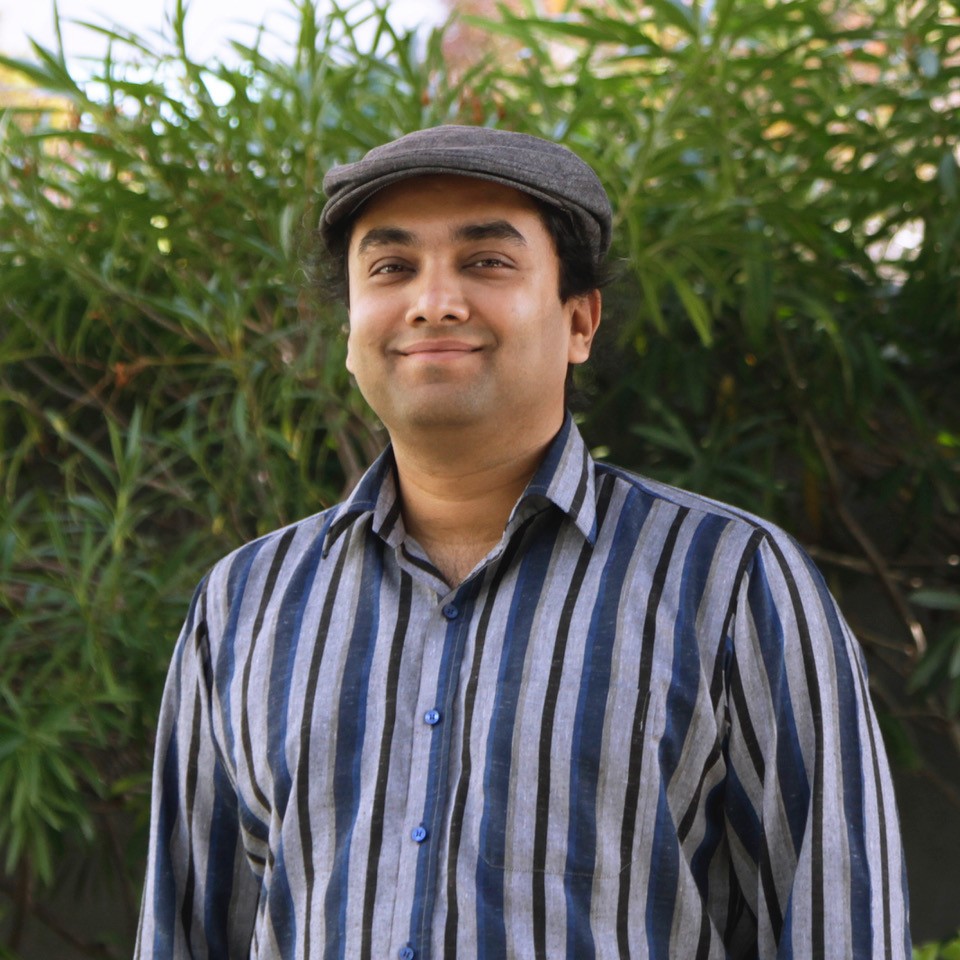
Rishiraj Pravahan, INQNET
I work on Google Timeline, which uses machine learning to turn your phone’s data into a useful snapshot of your day-to-day life. I rely on many skills I learned in particle physics, from the statistical techniques needed to tame messy data to the ability to communicate technical information clearly.
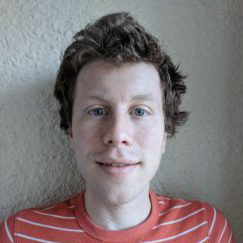
Brian Coopersmith, Google
As a high-energy particle physicist, my interest in understanding classification tools led me to learn about, develop, and implement deep learning software to enable physics measurements. As a Machine Learning Researcher on the Applied Research team at Borealis AI, I use that same skill set to translate the latest advances in machine learning into solutions for hard, unsolved financial industry problems.

Alex Radovic, Borealis AI
